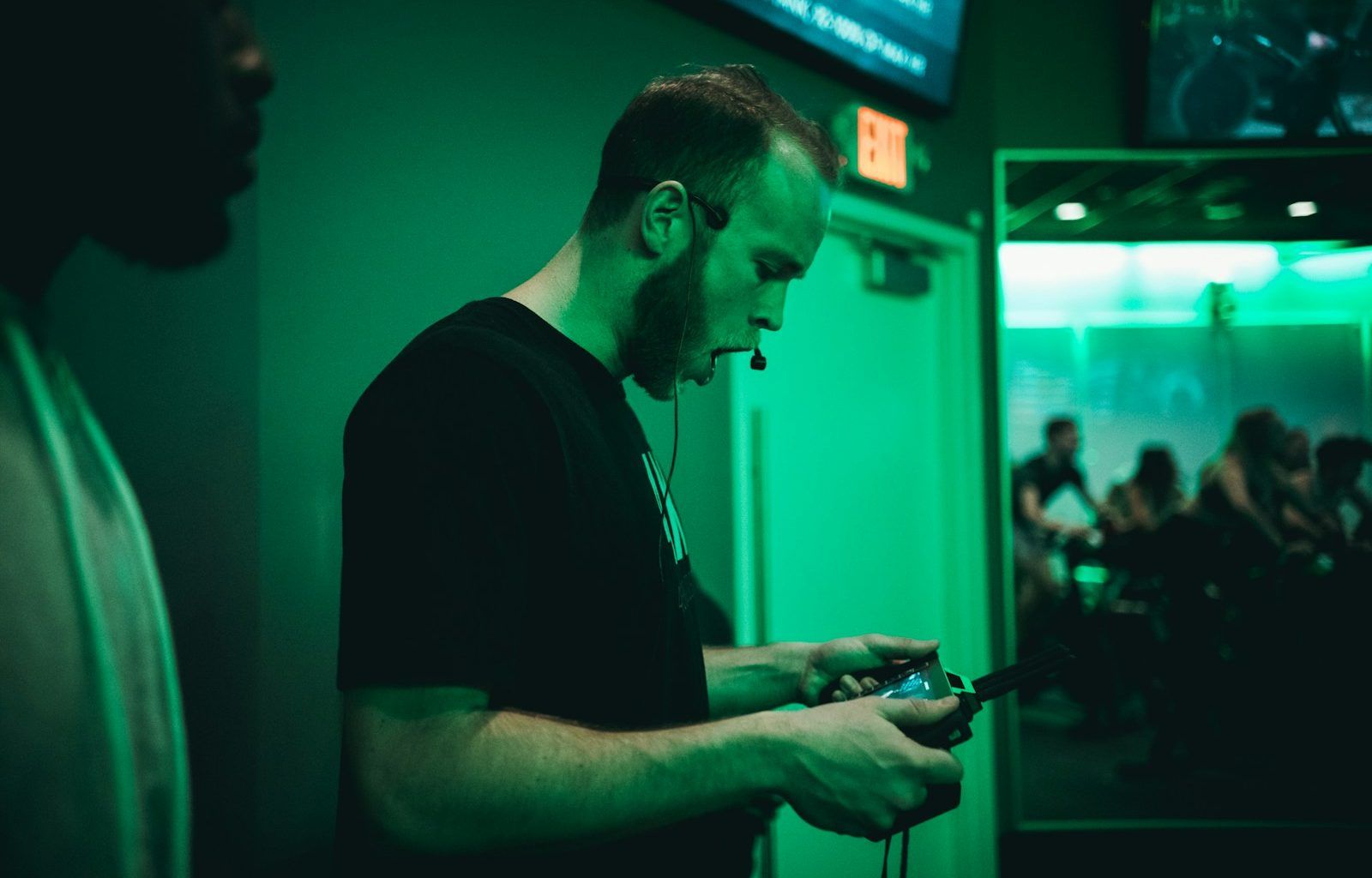If you’ve ever wondered, “How do I make a video with music?” you’re not alone. Adding music to your videos can transform a simple clip into something much more engaging and memorable. Whether you’re creating a short reel for social media or a professional video, the process is simpler than you might think. Let’s dive into how you can create a video with music step by step.
Why Add Music to Your Videos?
Music is a universal language. It connects people emotionally and can elevate your video’s impact. Imagine watching a movie without its background score—it just wouldn’t feel the same. Adding music makes your video more captivating, sets the mood, and keeps your audience engaged. Whether you’re creating content for fun or business, the right music can make all the difference.
Step 1: Plan Your Video
Before you add music, you need a plan. What story are you telling? What emotions do you want to evoke? These questions are crucial because they guide your choice of music. For example, if you’re making a motivational video, you might want an upbeat and energetic track. On the other hand, a serene piano melody could be perfect for a heartfelt message.
Start by sketching out your video idea. If it’s a personal vlog, think about the flow of your story. If it’s a business video, outline the key points you want to convey. A clear plan will help you choose music that fits perfectly.
Step 2: Choose Your Tools
To make a video with music, you’ll need some tools. Don’t worry—you don’t have to be a tech wizard. There are many easy-to-use apps and software available. Here are a few options to consider:
- Mobile Apps: Apps like InShot, CapCut, and iMovie (for iOS users) are beginner-friendly and allow you to add music to videos quickly.
- Desktop Software: If you prefer working on a computer, try tools like Adobe Premiere Pro, Final Cut Pro, or even free options like Shotcut.
- Online Editors: Websites like Canva and Kapwing let you edit videos online and include music seamlessly.
Pick a tool that matches your comfort level and needs.
Step 3: Record or Select Your Video
Now it’s time to get your video ready. If you’re recording a new video, focus on capturing clear visuals and sound. Good lighting and a steady hand make a big difference. If you’re using existing footage, gather all the clips you want to include.
Once you have your video, trim and arrange the clips in the order you want. Keep it concise and engaging. Remember, your audience’s attention span is limited, so every second should count.
Step 4: Pick the Perfect Music
This is where the magic happens. Music brings your video to life, but choosing the right track is crucial. Think about the mood of your video. Is it fun, dramatic, calming, or inspiring? Your choice of music should align with the overall vibe.
Here are a few tips for finding great music:
- Use Royalty-Free Music: To avoid copyright issues, look for royalty-free music on platforms like Epidemic Sound, Artlist, or YouTube Audio Library.
- Match the Tempo: A fast-paced video works well with an energetic track, while slower videos benefit from softer music.
- Test Multiple Options: Sometimes, you need to experiment with a few tracks before finding the perfect fit.
Step 5: Sync the Music with Your Video
After you’ve chosen your music, it’s time to sync it with your video. Import the music track into your editing tool and align it with your video timeline. Adjust the start and end points of the music to match the length of your video.
Pay attention to the transitions. If your video shifts between scenes, try to align these changes with key moments in the music, like a beat drop or a tempo shift. This creates a seamless and professional effect.
Step 6: Adjust the Volume
Balancing the audio levels is essential. Your music should enhance the video, not overpower it. If your video has dialogue, make sure the music volume is lower so the voices are clear. Most editing tools have a volume adjustment feature to help you get it just right.
Step 7: Add Finishing Touches
Once your music and video are synced, add some final touches. Consider including:
- Transitions: Smooth transitions between clips keep the flow natural.
- Text or Captions: Adding text can emphasize key points or make your video accessible to a wider audience.
- Filters or Effects: A subtle filter can enhance the look of your video without being too distracting.
Your video is ready! Export it in high quality so it looks great on any platform. Most tools offer options like 720p, 1080p, or even 4K. Choose the best quality your device and editing tool can handle.
Now, share your creation with the world. Post it on social media, send it to friends, or upload it to YouTube. Watch as your video comes alive and connects with your audience in ways you never imagined.
Tips for Beginners
If you’re new to making videos with music, don’t stress. Start small. Create a short clip and experiment with different music tracks. Over time, you’ll develop an eye (and ear) for what works best.
Also, don’t hesitate to learn from others. Watch videos in your niche and notice how they use music to enhance the storytelling. You’ll pick up valuable insights that you can apply to your own projects.
Conclusion
Adding music to your videos is a game-changer. It’s an easy and fun way to make your content more engaging, whether you’re sharing a personal moment or promoting a product. By following these steps, you’ll know exactly how to make a video with music that captures attention and leaves a lasting impression.
So, grab your phone or computer, pick a tool, and start creating. The world is waiting to see your masterpiece!
For further reading, explore these related articles:
- The Story of Kesha: A Journey of Music, Strength, and Inspiration
- Exploring the World’s Smallest Speaker: Tiny but Powerful!
For additional resources on music marketing and distribution, visit Deliver My Tune.






